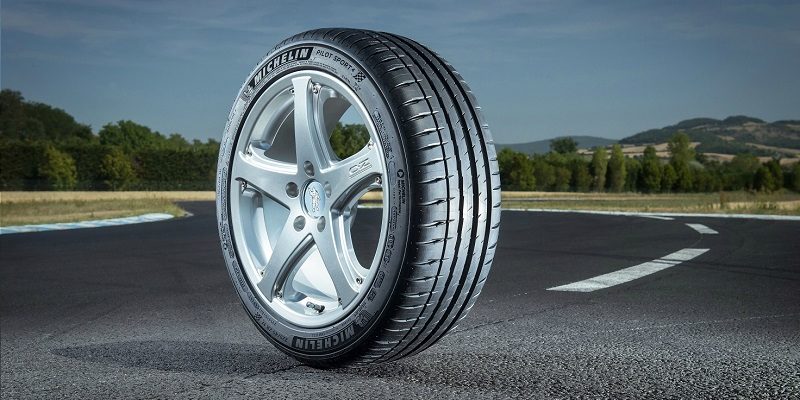Driving in the rain can be distressing if we do not have the right tires. A tire with superior traction in wet weather can be a great safety benefit for drivers who need to travel at high speed in wet conditions. While many encourage that the all-season tire might be the best tire, the reality is that the compound and tread pattern of an all-season tire is actually a compromise between wet, dry and snow condition. Each of these conditions has different requirements. Learn more about rain tires. Why are some tires better on wet roads than others?
Basic concept behind rain tires
Rain tires are best in wet weather, as well as summer. They have sticky compounds to hold onto wet pavement and the tread patterns are designed to allow water to flow through and away from the contact patch. The leaders of the current class in wet traction and overall are the Michelin Pilot and Bridgestone Potenza. Read the review to know more on this subject (prices, built-quality, features, etc.). Two general notes on wet traction apply to virtually any set of tires:
- Tread depth is essential for good performance in wet weather.
- Tire inflation is also a vital component for good performance in wet climates.
If you live in warm weather and need the best wet traction, you should definitely consider a rain tire. Undoubtedly, some tires are much more valuable on wet surfaces than others.
What are rain tires?
The simplest division of passenger car tires is their classification into two groups – rain tires and winter tires. The difference between them is significant, and refers mainly to the composition of the mixture and the specific tread design. The term “rain tires” refers to summer tires, the proper composition of which in their mix ensures excellent performance on wet surfaces. The molecules of the filler material make the rubber mix “fit” better with uneven terrain. And this effectively increases the area of contact of the tire with the road. The tire is better suited to cavities on the road surface.
Weather conditions and tire choice
Weather conditions are not always ideal for driving. Statistics say that more than 30{b3b47b4ce3613a8ae866741a21452b80454d4cde38f39b62399bbbfc1a1a9f3e} of accidents occur during rain. Sometimes the rain is so abundant that there is a risk of aquaplaning – the wet road surface becomes a dangerous area for drivers. The water wedge causes a vehicle to lose contact with the road surface, which often results in loss of vehicle control. Therefore, according to the latest research, 70{b3b47b4ce3613a8ae866741a21452b80454d4cde38f39b62399bbbfc1a1a9f3e} of drivers expect the best grip of their tires on the roads with their wet surface.
The rain tires have materials in their composition and a tread design, which reinforce their grip level in adverse weather conditions. To avoid aquaplanning effect, there is a type of tire specially designed to cope with such conditions and prevent skidding and poor grip of the tire caused by moisture. Thus, it is more difficult for the wheel to slide through the water, since it is ejected before the tire slips.


